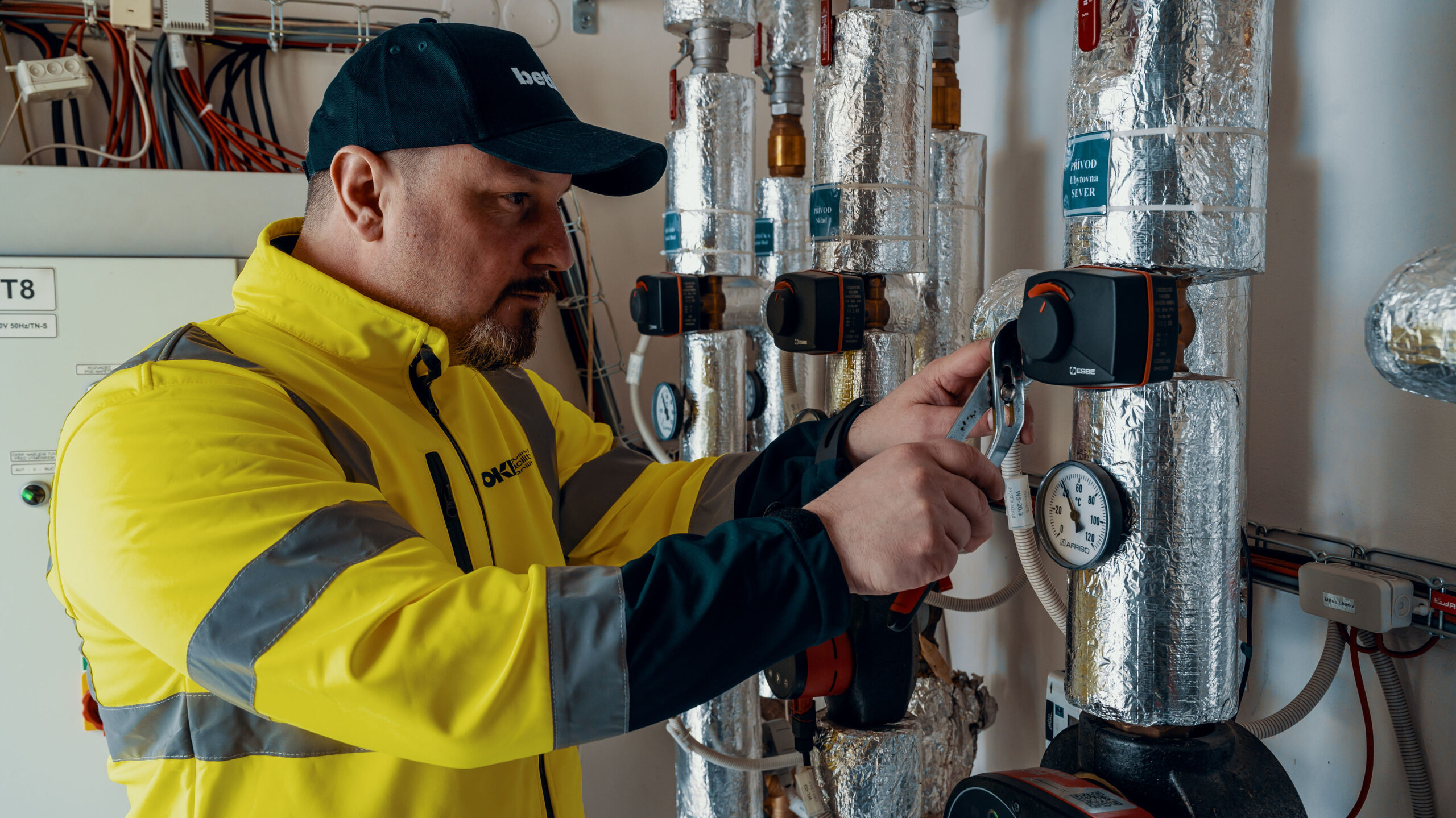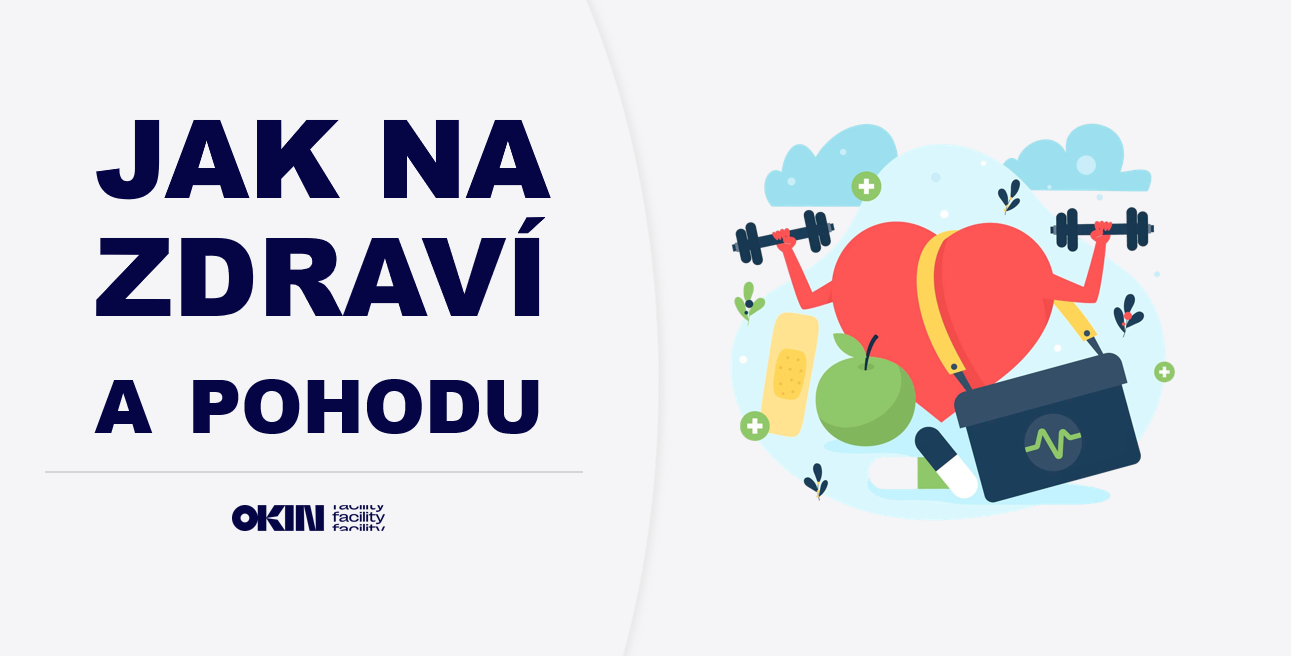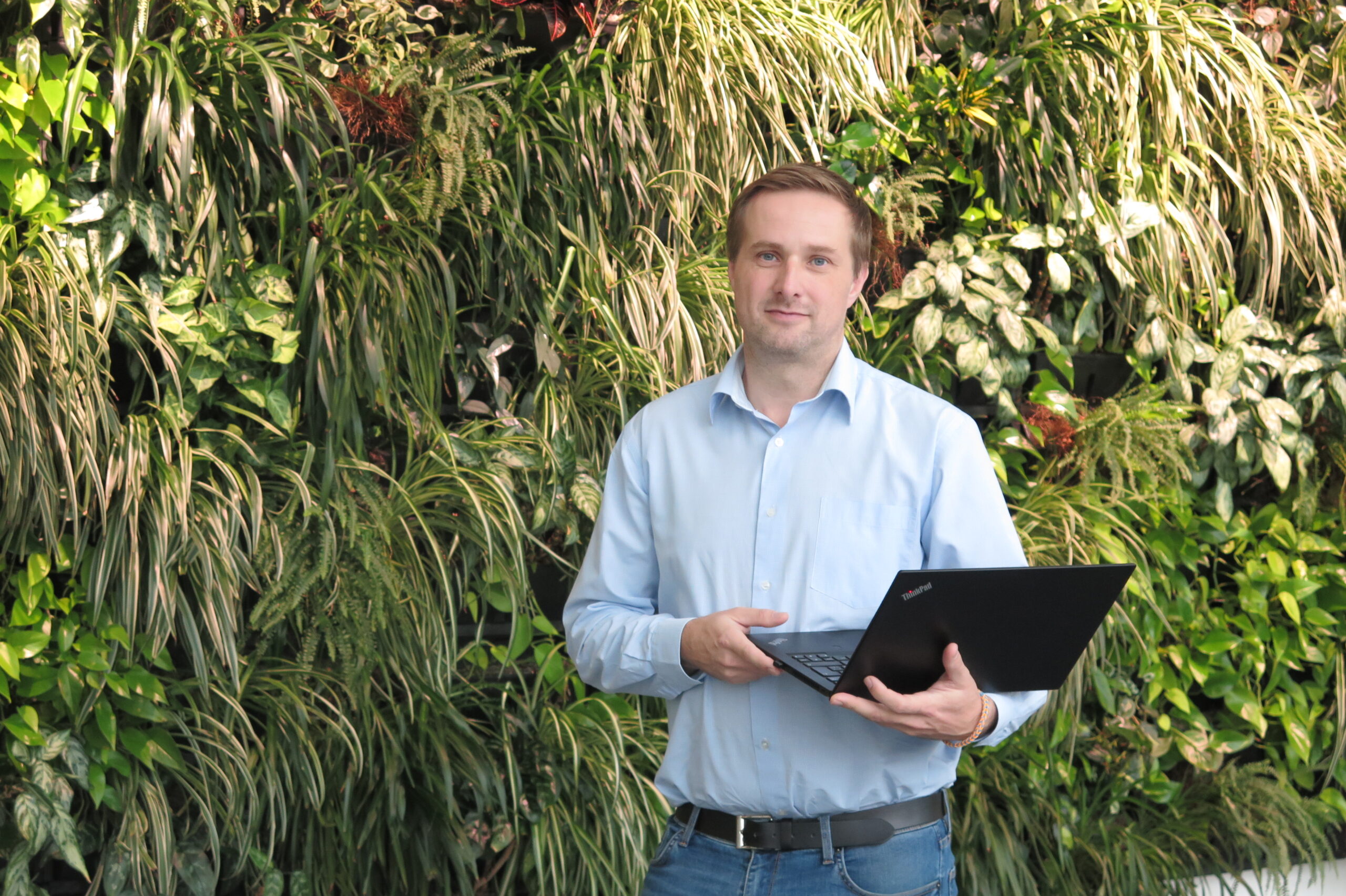Andrea, can you give us an overview of what it takes to work as an energy manager in a company that focuses on facility management?
The concept of energy is very broad, but if we look at my role as energy manager at OKIN Facility, it can be divided into two parts. The first is focused on meeting the company’s objective, which is, among other things, to implement a certified energy management system (ISO 50001) at all levels where OKIN Facility consumes energy and generates emissions. The second part is energy management for clients. This covers analysis, energy management, investment in new technologies and energy savings for the client.
From your point of view, what problems do clients solve most today? And can we help them with it?
Most companies can monitor energy, either through invoices or with smart tools. They can find out how much energy they use and in what form. However, energy management helps to find ways to work with energy and how to save it on common operational things. For example, in production halls or chains, we offer cleaning or technical management services, and because we can measure consumption on the equipment, we can stagger the energy ramp-up curves in production, so that the ramp-up is not at one time and does not exceed the available kW or MW capacity, but we can stagger the consumption so that, for example, we run all the equipment within an hour. Thus, even if clients measure energy consumption, we can analyse and set an action plan to achieve the target. Most often it is about financial savings on energy.
Can you give a specific example where certain actions have led to significant energy savings?
Let’s look at our company, for example. The biggest energy consumption is behind the boiler room we manage at our client’s site and behind the fleet, because we service the entire Czech Republic. Those are the two biggest areas of our energy consumption. In the boiler room we manage, we have set ourselves the goal of saving mainly on energy purchases and increasing the efficiency of production. That is why this year we are investing in boiler replacements to achieve this goal. We will save money, which of course will not show up immediately, but over a 5 to 6 year timeframe. The return on investment and the financial plan are always part of the concrete solution. Similarly, with a fleet of cars, a number of factors play a role that can help reduce emissions.
You come from Slovakia, do you see any major differences in energy management in the Czech Republic and Slovakia?
I think the difference is that Slovakia has a large share of nuclear generation. The energy mix is more favourable in Slovakia, with 61% of energy coming from nuclear (2 nuclear power plants) and coal representing only 14%. In contrast, in the Czech Republic, 44% of energy still comes from coal and 37% from nuclear, which the EU classifies as emission-free. It follows that the Czech Republic will have to take more significant steps to achieve the carbon neutrality that the EU is aiming for in 2050. Otherwise, I feel there is a big difference in the amount of electric cars in the Czech Republic and Slovakia. There are a lot more of them in the Czech Republic, I was surprised to see how many are here in Prague.
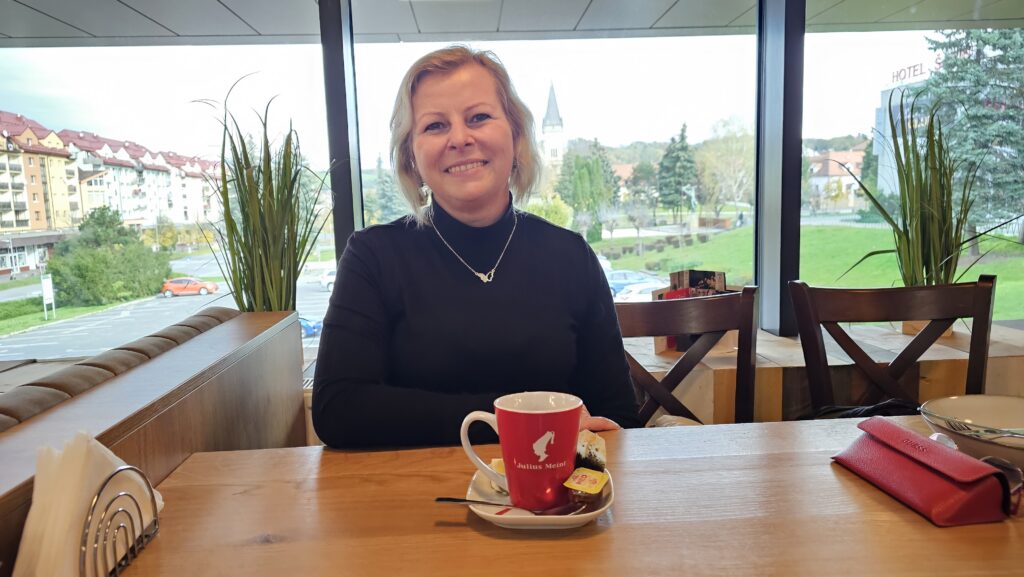
Automation and digitalisation permeate all sectors. What is the biggest benefit in energy management?
Certainly, for example, in the possibility of designing in BIM (digital building model) and the introduction of smart technologies into buildings in general, where it is possible to incorporate all technologies into a single unit, and therefore their easy management.
Do you have a smart home?
I don’t have a super smart home, because I live in an older house and not everything could be implemented, but I do monitor basic parameters like temperature and humidity and use remote control.
How did you get into energy management? Was it an accident or an obvious choice?
It was not a coincidence, I am originally a civil engineer, so I used to design and I also run a design and architectural office in Slovakia. When the Energy Management Act was introduced (in Slovakia it was two acts, Zákon o energetické hospodárnosti and Zákon o energetickej efektivnosti) that’s when I started looking at energy from the perspective of a civil engineer, when I needed to design buildings to be as efficient as possible. I was interested in what technologies I could use, or how to use renewable resources. In addition to the design issues, I started to add technology things. I had the advantage that my husband was an HVAC, refrigeration and plumbing designer, so we complemented each other and we even shared a studio, so it was close to my heart. Then I got my energy certification, and eventually I kind of naturally worked my way up to energy auditor. Then that’s the broader platforms of the energy industry, so not just at the building level, but also at the energy production, procurement, or distribution level.
Did you have a breakthrough moment or a project in your career that moved you on a lot?
The beginning was difficult because there was a lot of information available, but it was not comprehensive. I would like to mention two events that made me believe that this is the right way.
The first was the establishment of the Institute for Passive House (IEPD) in 2005, which aims to promote the construction of buildings in passive standard, sustainable architecture and environmentally friendly urbanism. Thanks to the training offered, I learned everything about passive house certification and it gave me a comprehensive view of everything I had read from the legislation.
The second event was a cooperation with the Slovak Innovative Energy Agency, which evaluated the reduction of energy consumption in public buildings. The agency needed evaluators for applications for funding for reductions, so they approached me to work with them. Thanks to this, I have also broadened my knowledge of Slovak legislation to include European legislation.
Do you perceive that energy management is a lot about education?
It certainly does. At the beginning I think nobody understood me and I needed to get this issue out to architects and designers. I also taught construction for nine years at a technical college and I feel like I’m still teaching. I guess because it makes sense to me.
I like to compare energy consumption to eating. Everyone has some basic need, but it depends on how much and in what form we consume. Just as with food, where fresh is better than industrially processed convenience foods full of preservatives and ethers, we should think about energy. It’s not just about how much we consume, but also how we get it and whether it’s really necessary. Maybe that’s why, before covid, I dreamed of a restaurant where I would teach moms to cook healthy with simple ingredients instead of relying on long-lasting industrial products.
What led you to move to Prague?
In twenty years in Slovakia I have built up a portfolio, I have been promoting something, I have been going somewhere and suddenly it all stopped. I no longer had the feeling that things were moving forward, but just the opposite. It was a bit frustrating and I didn’t want to have that feeling, so I decided I had to move somewhere, to leave construction for a while and now I like what I’m doing and the company I’m in.
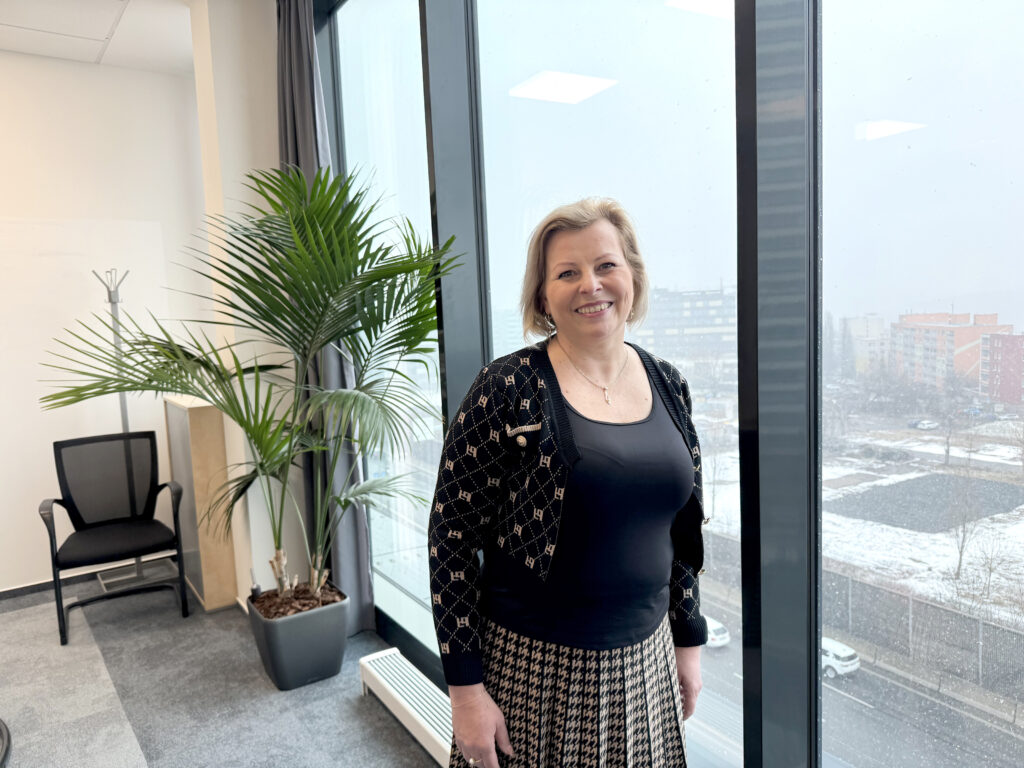
Why did you choose OKIN Facility?
Because OKIN Facility does facility management and it is not complete without energy management, and that is why the company was looking for an energy manager. Now we have combined energy and facility into one significant unit that makes sense and I believe will make sense especially to the clients.
How do you think energy management will evolve in the future?
Energy management will aim at more efficient energy management, which also means reducing energy consumption. We live in a time of overproduction and often consume more than we actually need. Everyone should ask themselves whether they really need a given item and whether it can be provided more sustainably – for example, by using green energy or local products.
When you need a break from numbers and analysis, how do you spend your free time?
I love to relax in nature, nature is my main energy charger. Especially the mountains. In winter, skiing, ski alps, cross-country skiing and in summer, if I lived in Bardejov, it’s definitely my garden, which I like to beautify, but also hiking and cycling. Just to go for a run on a nearby hill, just to be in nature and in the woods. I have two dogs that need my presence and walks, so in Prague it’s mainly Průhonický park where I like to go.
Do you have any specific recommendations for anyone?
We should keep every product in the life cycle as long as possible – by recycling or reusing. The easiest way to start is by sorting waste and minimising mixed waste, which is both energy and environmentally demanding to dispose of. Landfill sites take up valuable land that can no longer be used for agriculture or construction, although they sometimes serve as public spaces. That is why it is crucial for me to sort properly, including bio-waste – for example, I use it for compost in Bardejov.
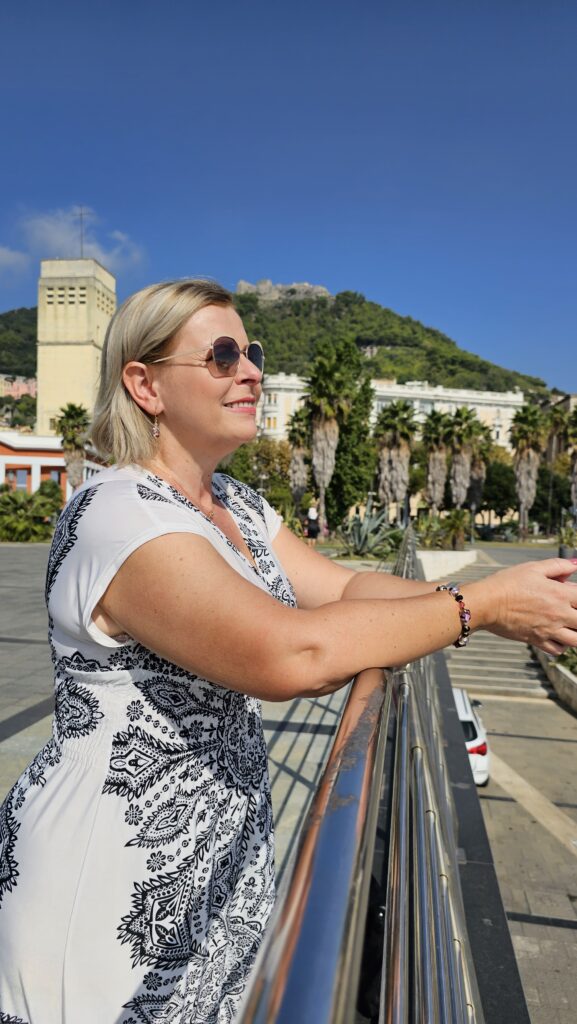
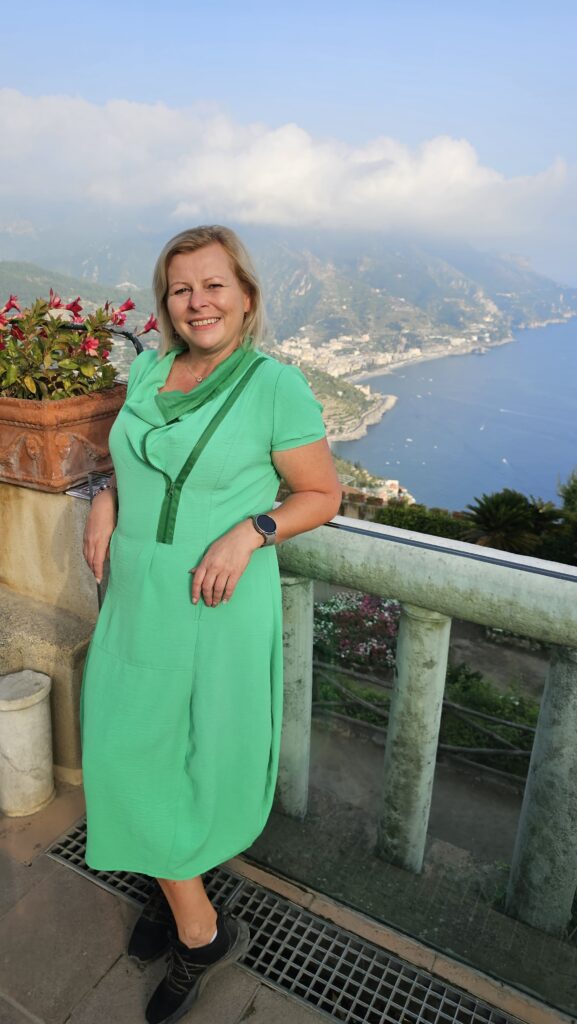
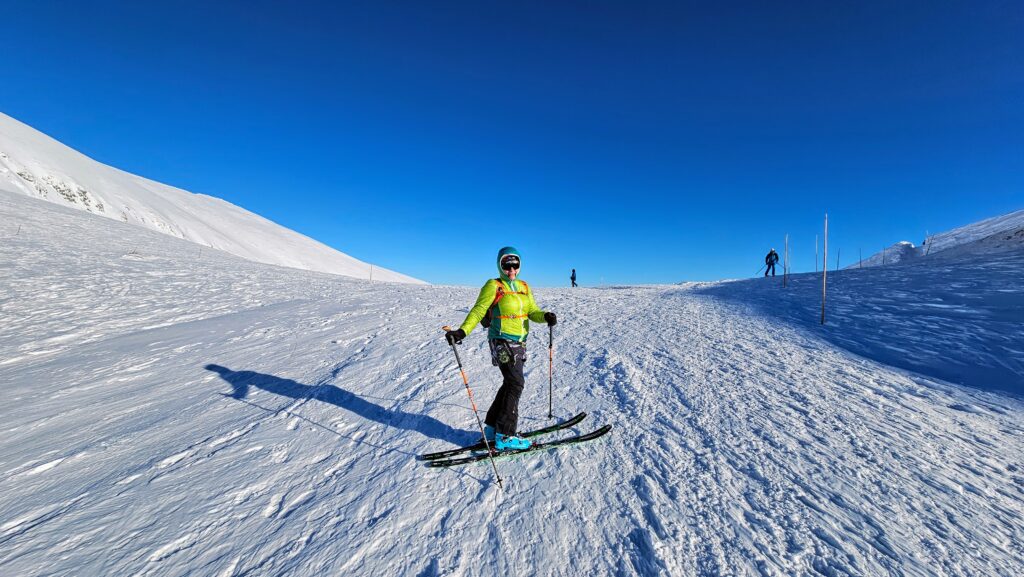
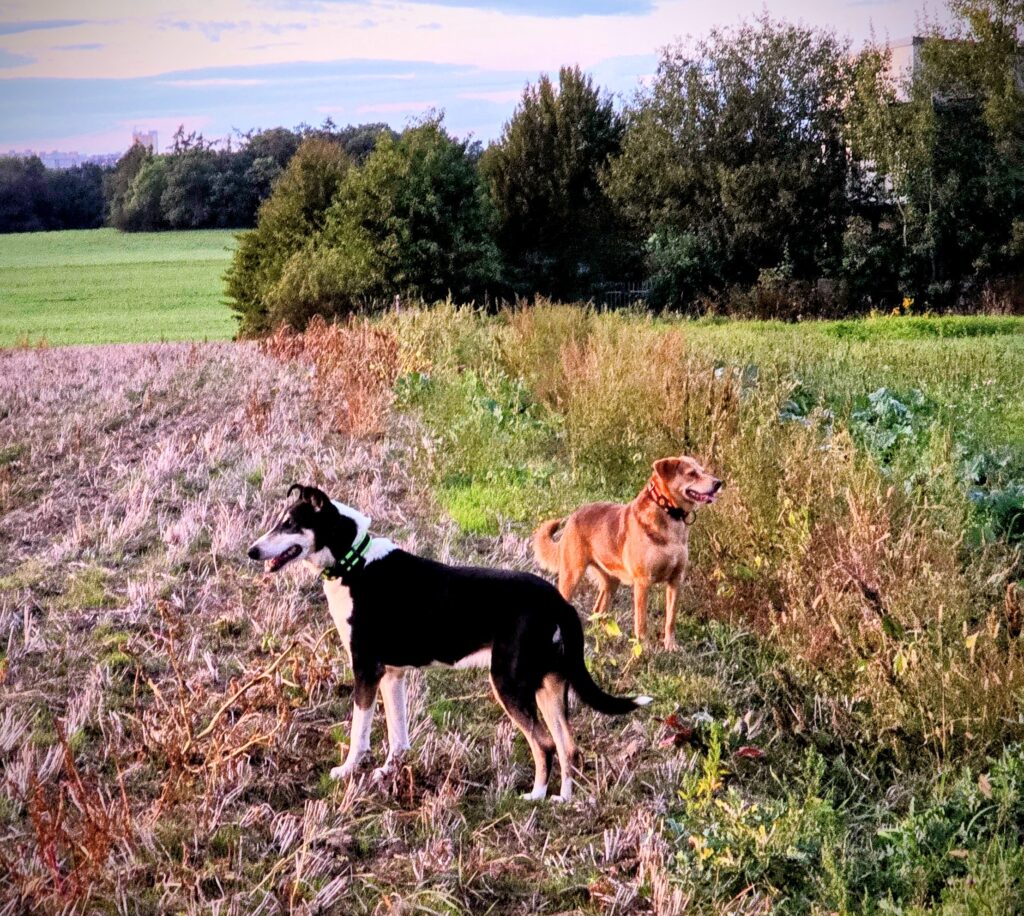
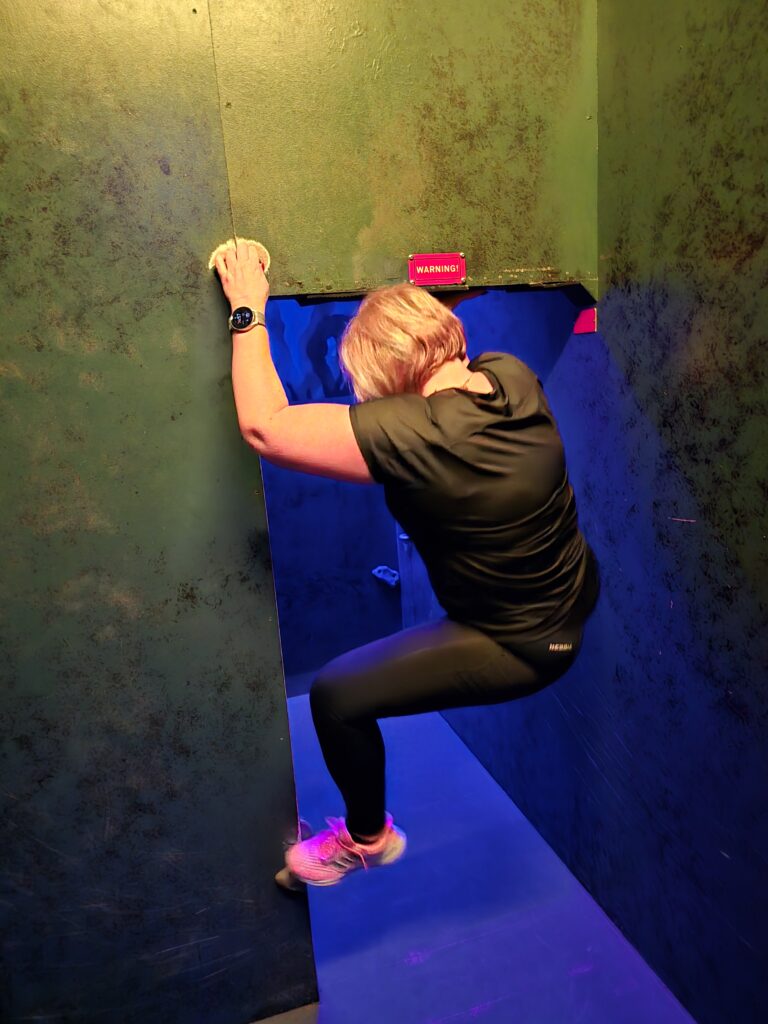
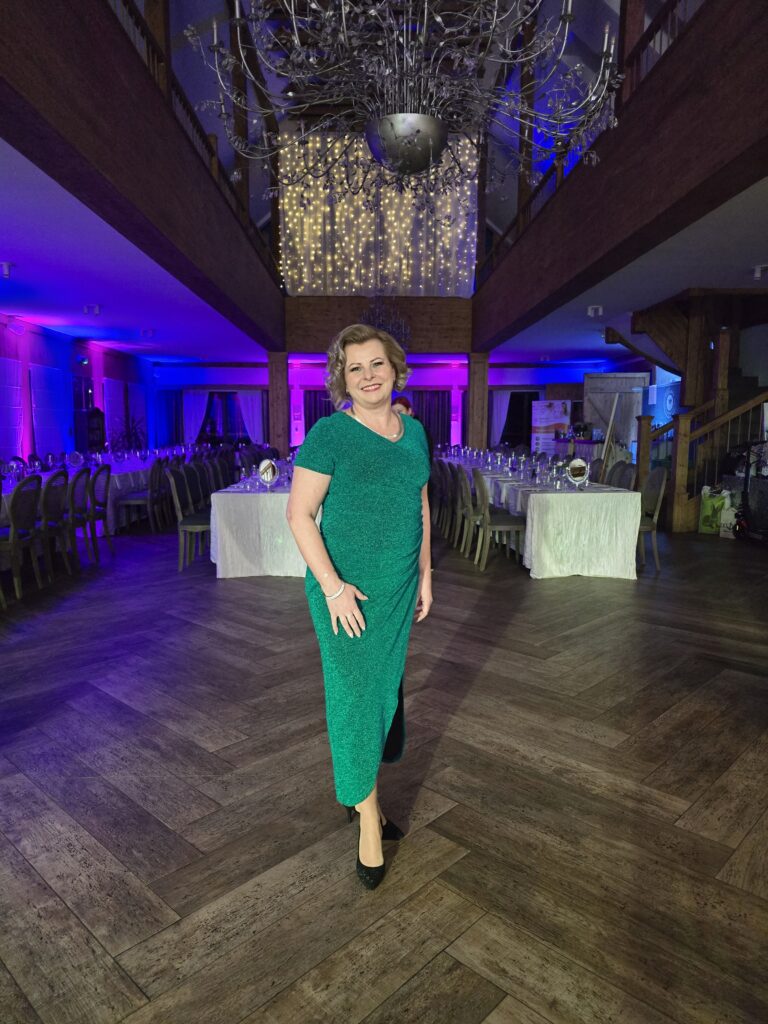
Andrea Štefanková comes from the Slovak spa town Bardejov, where she participates in community and cultural life, for example, she is a co-organizer of the annual benefit balls. She has always been close to the Czech Republic, perhaps because her daughter lives in Brno.
Favorite movie: Forrest Gump
Favourite colour: warm colours
Favourite book: A Gentleman in Moscow
Favorite food: grilled chicken
Favorite drink: dry red wine Traminer
Life motto: Life is like a box of chocolates. You never know what you’re gonna get. – Forrest Gump

